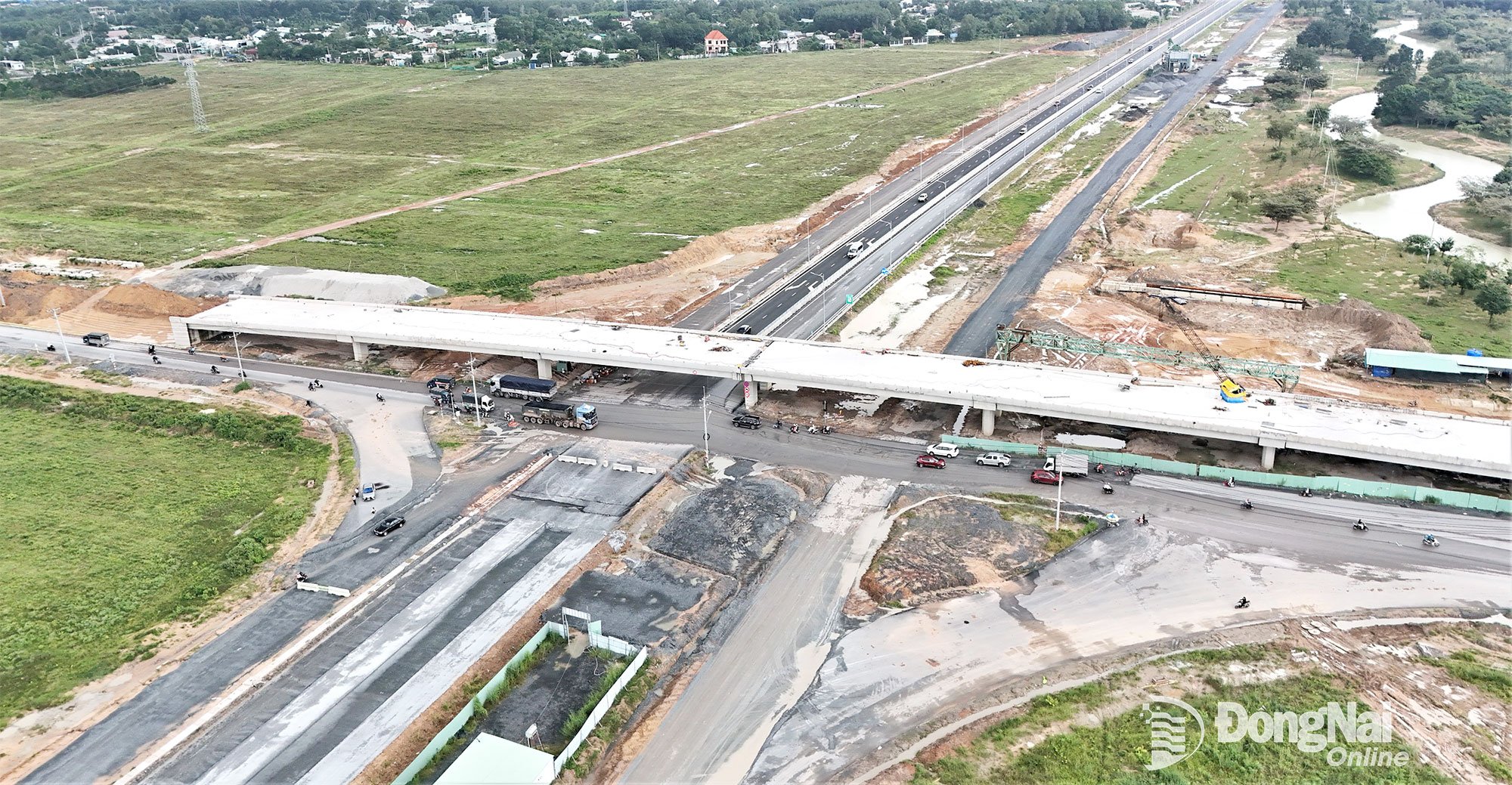 |
| The third breakthrough in the Draft Documents of the 14th Party Congress is to build a synchronous and modern infrastructure. In the photo: The Traffic Project connecting Ho Chi Minh City with Dong Nai is under construction. Photo: Pham Tung |
The 3 strategic breakthroughs have always been identified by our Party as the pillars of the country's development strategy. From the 11th to the 13th Congress, the 3 breakthroughs focused on: perfecting institutions, developing human resources and building synchronous infrastructure. The draft documents submitted to the 14th Congress inherited this thinking, but had new developments in content, scope and approach, suitable for the new context of the country and the world .
Strong breakthrough in development institutions
The first breakthrough identified in the draft documents submitted to the 14th National Party Congress is: "A strong breakthrough in development institutions, improving the capacity to plan and organize the implementation of the Party's guidelines and policies, the State's policies and laws to unblock, liberate and effectively promote all resources".
This is an orientation that demonstrates the Party's strategic vision in shifting the focus from institutional building to improving institutional operational capacity. If previously the main requirement was to perfect the legal framework and policy mechanisms, now the core issue is the capacity to implement, organize and manage national development. Practice shows that many correct and appropriate policies and guidelines have been issued but the implementation efficiency is not commensurate; delays, lack of synchronization, and even bottlenecks in the implementation stage still exist at many levels and in many fields. Therefore, this institutional breakthrough is to transform policies and guidelines into effective and substantive actions, creating a unified and smooth governing force throughout the system.
A notable content is the promotion of decentralization and delegation of power between the Central and local levels, associated with strengthening power control, ensuring institutional unity and flexibility in implementation. This is a step to concretize the policy of building a socialist rule-of-law state that creates, acts, and serves the people. When given clearer autonomy and responsibilities, localities will be proactive and creative in development, promoting their specific advantages, thereby creating new momentum for growth and enhancing national competitiveness.
In particular, the draft emphasizes the elements of science, technology, innovation and digital transformation in the development institution. This demonstrates the Party's modern thinking in closely linking institutional reform with scientific and technological progress, considering these two pillars supporting the development creation process. Institutions are not only a system of management rules but also a space to promote innovation, encourage experimentation and create conditions for new business models to emerge.
Notably, the affirmation of the role of the private economy, the startup ecosystem and new production and business models shows an important step forward in the Party's development thinking. The private economy is not only a component of the economy but is being identified as an important driving force of growth, contributing to job creation, technological innovation and improving national competitiveness.
Human resources - the breakthrough of breakthroughs
If the institution is the “lever”, then human resources are the driving force for all development. The draft documents submitted to the 14th Party Congress clearly state: “Focus on restructuring and improving the quality of human resources, developing high-quality, highly qualified human resources; promoting the attraction and use of talents”.
The new highlight here is the shift from developing human resources based on quantity to human resources based on quality and appropriate structure. Training is not only for “enough people” but also for “the right people, the right job” in the context of digital economy, green economy and knowledge economy that are reshaping the labor market.
This breakthrough also clearly demonstrates the mindset of building a team of cadres as the center of high-quality human resources. Emphasizing “encouraging and protecting dynamic, creative cadres who dare to think, dare to do, dare to take responsibility for the common good” is a step forward in management thinking, towards building a culture of daring to innovate in the public sector.
Along with that, institutionalizing the mechanism of "in, out", "up, down" is the content of concretizing the requirement to improve the quality of the leadership and management team, ensuring that the personnel work is truly objective, fair and effective. This not only overcomes the "stagnation" in the apparatus but also creates a healthy and transparent competitive environment in the political system.
It can be said that, among the three breakthroughs, the breakthrough in human resources has a profound humanistic nature, aiming to maximize the potential of Vietnamese people, considering people as both the goal and the driving force of development.
Infrastructure - the material foundation of sustainable development
The third breakthrough in the draft focuses on building a synchronous and modern socio-economic infrastructure, with a new emphasis on digital transformation infrastructure, green transformation, energy and climate change adaptation.
Compared to previous congresses, the scope of the concept of “infrastructure” has been expanded and modernized. If previously, infrastructure was mainly understood as transportation, urban areas, energy and information, it now includes “infrastructure for governance and development creation” - that is, data platforms, technology, institutions and operating mechanisms.
The identification of “multimodal infrastructure, technological infrastructure, infrastructure for digital transformation and green transformation” reflects the strategic vision in shaping a new development space for Vietnam. This is also a concretization of the commitment to sustainable development and the implementation of net zero emissions targets by 2050.
Besides, infrastructure breakthrough is also closely linked to institutional and human resource breakthrough, because only when there is an open institution and qualified human resources, infrastructure investment will be effective, avoiding dispersion and poor connectivity.
Compared with the orientation at the 13th Congress, this institutional breakthrough demonstrates a qualitative development in leadership thinking: from "creating a favorable environment for development" to "building a development-creating institution"; from a permission-based mindset to a creative mindset, aiming to ensure that all social resources are unleashed and maximized in the cause of building a prosperous and happy Vietnam.
3 pillars, one vision
The three strategic breakthroughs in the draft documents submitted to the 14th National Party Congress form a logical, mutually supportive and complementary whole. Institutions are the framework and “rules of the game” of the economy; human resources are the direct subjects of implementation and innovation within that framework; and infrastructure is the material and technical foundation for realizing development goals.
When these three elements are deployed synchronously, Vietnam can form a new national development capacity, capable of adapting to global fluctuations and seizing the opportunities of the digital age. This is not only a continuation but also a transformation of thinking from “innovation” to “breakthrough development”, from “planning thinking” to “implementation thinking”, from “extensive development” to “development based on quality and creativity”.
The three strategic breakthroughs in the draft documents submitted to the 14th National Congress demonstrate the Party's highly practical development thinking and long-term vision in the new period. They are not only orientations but also strong political commitments to bring Vietnam closer to the goal of becoming a developed, high-income country by the middle of the 21st century.
The key is to “breakthrough in action”, through monitoring, evaluation, decentralization and specific responsibilities. When the institutions operate smoothly, people are empowered to innovate and infrastructure becomes an open platform, that will be the time when the country truly enters a breakthrough development phase.
Pham Ngoc Hung
Source: https://baodongnai.com.vn/kinh-te/ha-tang-du-an/202510/tu-duy-doi-moi-va-khat-vong-phat-trien-viet-nam-phon-vinh-van-minh-hanh-phuc-53724e3/




![[Photo] President Luong Cuong attends the 80th Anniversary of the Traditional Day of the Armed Forces of Military Region 3](https://vphoto.vietnam.vn/thumb/1200x675/vietnam/resource/IMAGE/2025/10/28/1761635584312_ndo_br_1-jpg.webp)



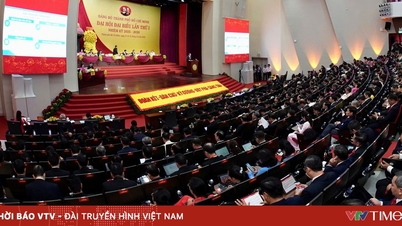

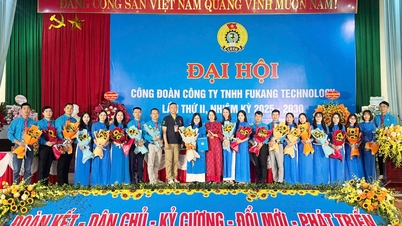



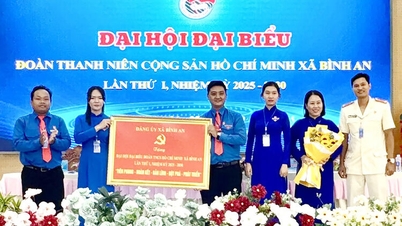

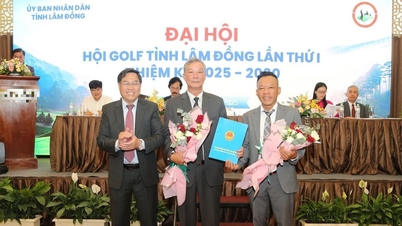

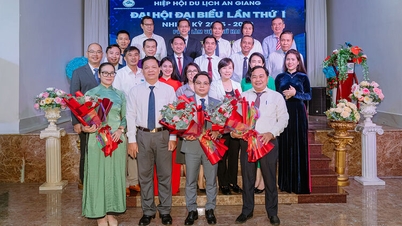





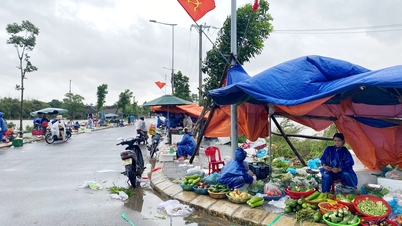

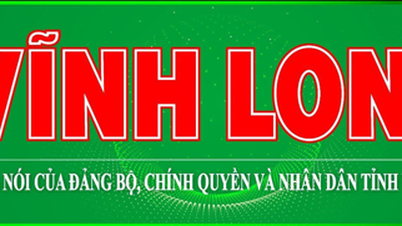

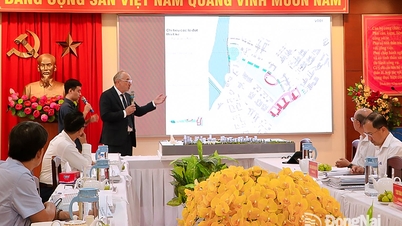




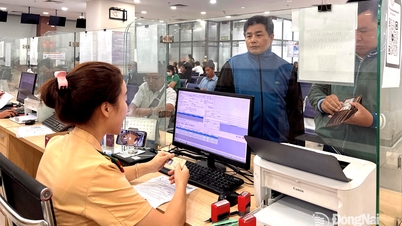
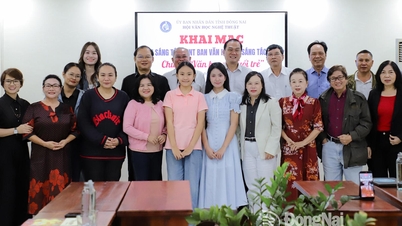
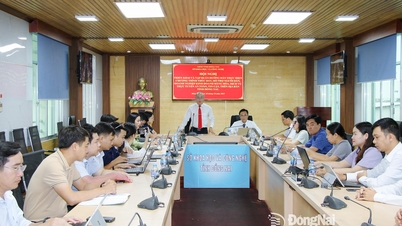
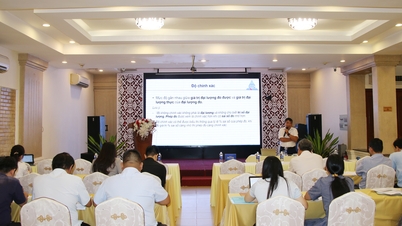
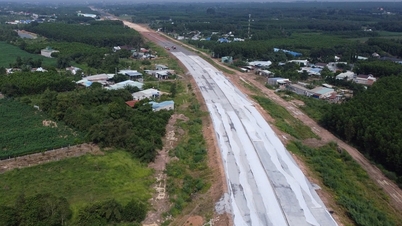
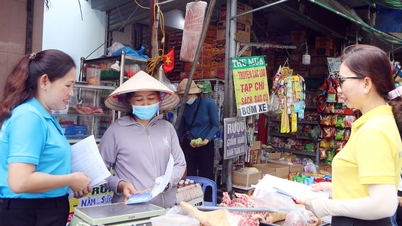
![[Photo] Party Committees of Central Party agencies summarize the implementation of Resolution No. 18-NQ/TW and the direction of the Party Congress](https://vphoto.vietnam.vn/thumb/1200x675/vietnam/resource/IMAGE/2025/10/27/1761545645968_ndo_br_1-jpg.webp)
![[Photo] The 5th Patriotic Emulation Congress of the Central Inspection Commission](https://vphoto.vietnam.vn/thumb/1200x675/vietnam/resource/IMAGE/2025/10/27/1761566862838_ndo_br_1-1858-jpg.webp)
![[Photo] National Assembly Chairman Tran Thanh Man receives Chairman of the House of Representatives of Uzbekistan Nuriddin Ismoilov](https://vphoto.vietnam.vn/thumb/1200x675/vietnam/resource/IMAGE/2025/10/27/1761542647910_bnd-2610-jpg.webp)



























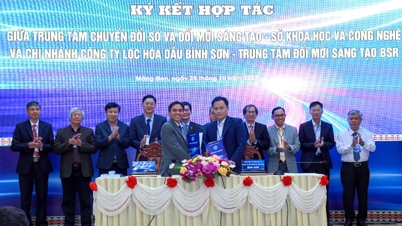
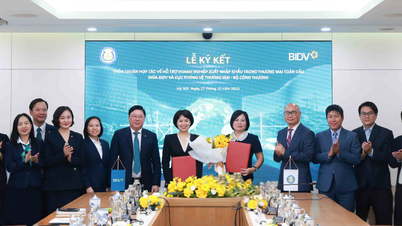






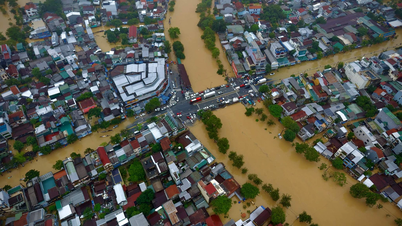


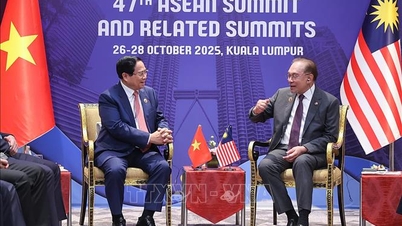


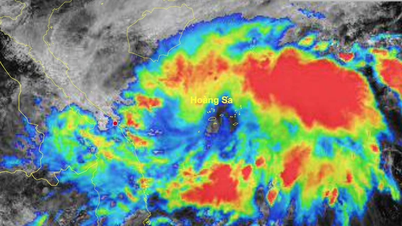
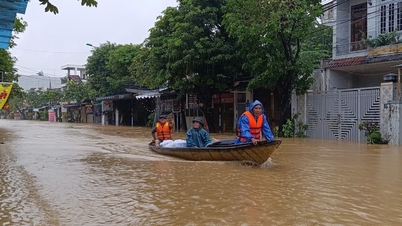
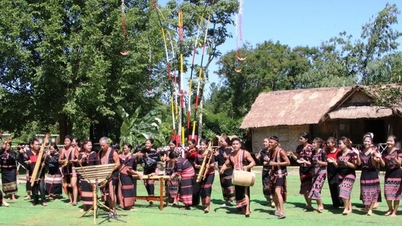

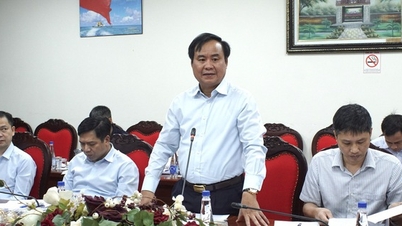
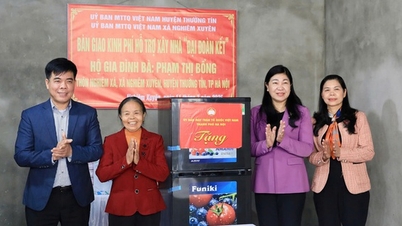
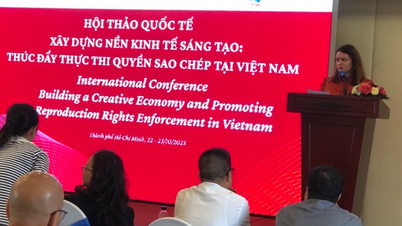
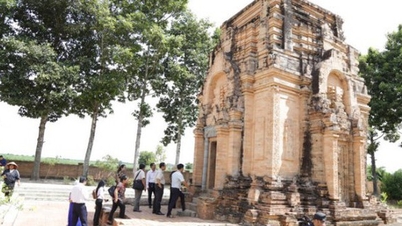


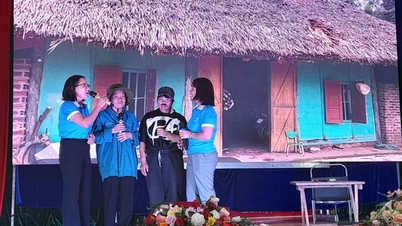





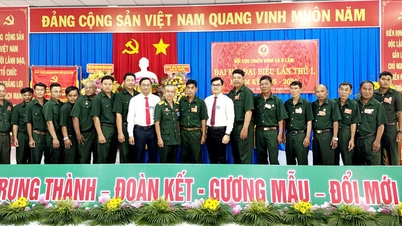











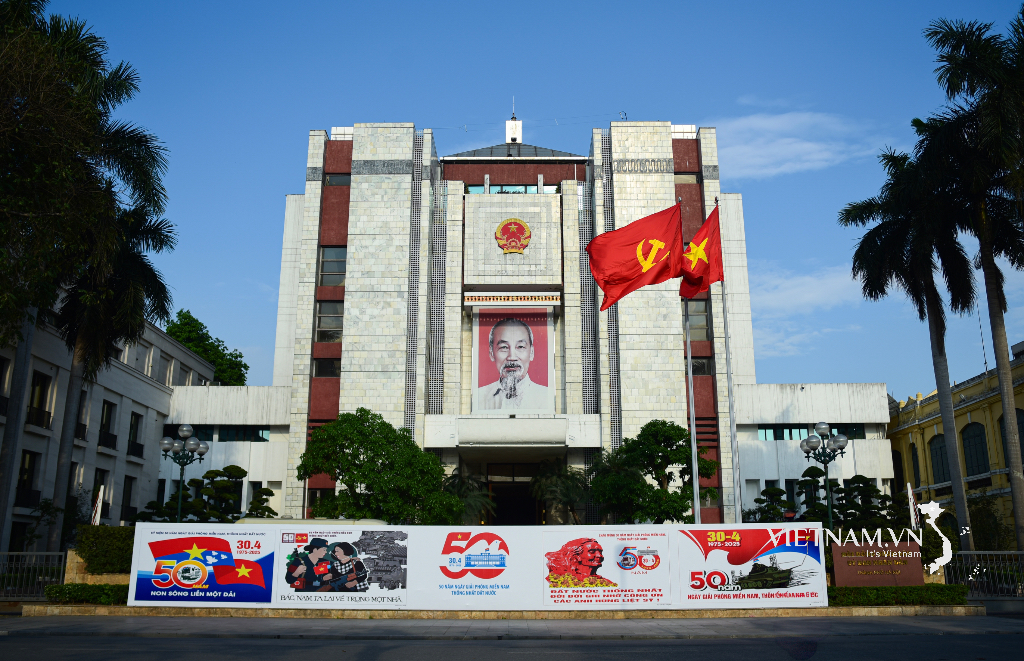


Comment (0)